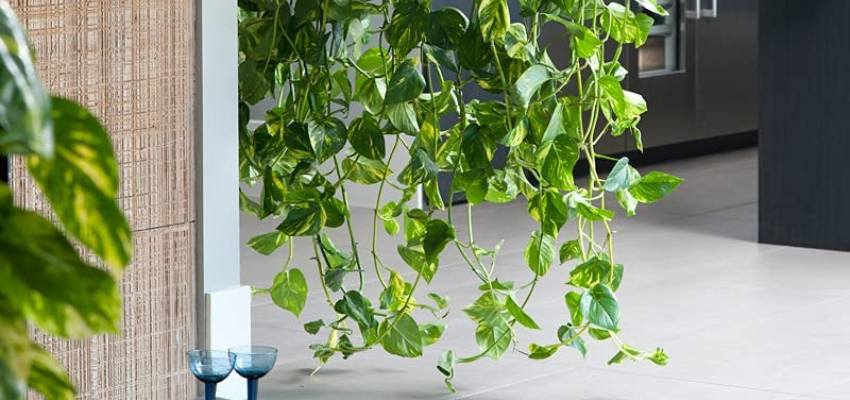FUNGUS GNAT TREATMENTS
FUNGUS GNAT TREATMENTS
Fungus gnats are tiny, winged insects that are commonly found in indoor hydroponic systems. They belong to the Mycetophilidae and Sciaridae super families and thrive in moist, humid environments. Fungus gnats feed on decaying organic matter, fungi, and plant roots, potentially causing significant damage to plants and reducing yields. They can also carry diseases such as Pythium, which can be transmitted from plant to plant.
The life span of fungus gnats is approximately 3-4 weeks, depending on the conditions of the environment. They can breed rapidly, laying up to 300 eggs in an adult's lifetime. The life cycle of fungus gnats consists of four stages: egg, larvae, pupae, and adult. The eggs hatch after 3-6 days, releasing larvae that feed on the fine root hairs of plants. This feeding can cause significant damage, especially to seedlings, cuttings, or unestablished plants.
To prevent an infestation of fungus gnats, it's important to keep the growing medium as dry as possible between waterings and to use a sterile medium to prevent the pests from breeding. Sticky traps, predatory insects, and chemical treatments can also be effective for eliminating fungus gnats. One commonly used method is the application of diatomaceous earth (DE), a naturally occurring substance made up of the fossilized remains of tiny, aquatic organisms called diatoms. DE is effective for controlling a variety of pests, including fungus gnats, by cutting through the exoskeletons of insects and causing them to dehydrate and die.
There are several additional treatment options for controlling fungus gnats in indoor hydroponic systems. One option is the use of chitin inhibitors, such as tanlin chitin drops. Chitin is a structural component of the exoskeleton of insects, and chitin inhibitors work by disrupting the production of chitin in the bodies of pests, preventing them from molting and reproducing.
Another option is the use of hydrogen peroxide. When applied to the soil or growing medium, hydrogen peroxide can kill fungus gnat larvae by oxygenating the soil and disrupting their respiratory systems. It can also help to control other soil-borne pests and diseases. However, it's important to use hydrogen peroxide with caution, as it can be harmful to plants if applied in too high of a concentration.
At Benchmark Hydroponics, we understand the importance of controlling fungus gnats and other pests in indoor hydroponic systems. If you're experiencing an infestation and are not sure how to get rid of them, don't hesitate to reach out to us. Our team of experts can help you identify the best course of action for eliminating these pests and preserving the health of your plants. Ignoring an infestation of fungus gnats can lead to yield reductions of up to 25%, so it's important to address the problem as soon as possible. Trust us to help you achieve the best results for your indoor hydroponic crops.
In addition to using DE and other control methods, it's important to adopt a holistic approach to pest management in your indoor hydroponic system. This includes regularly monitoring the environment, practicing good hygiene, and using a combinat




